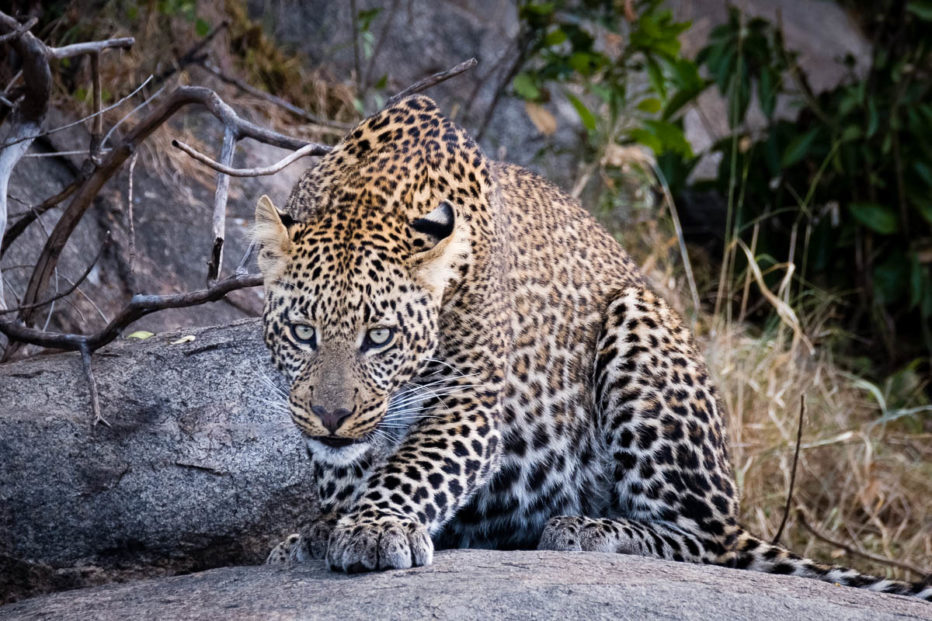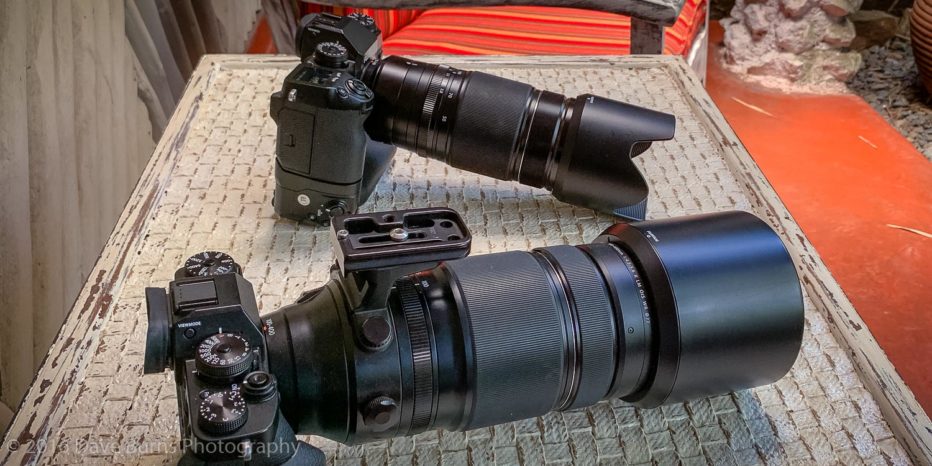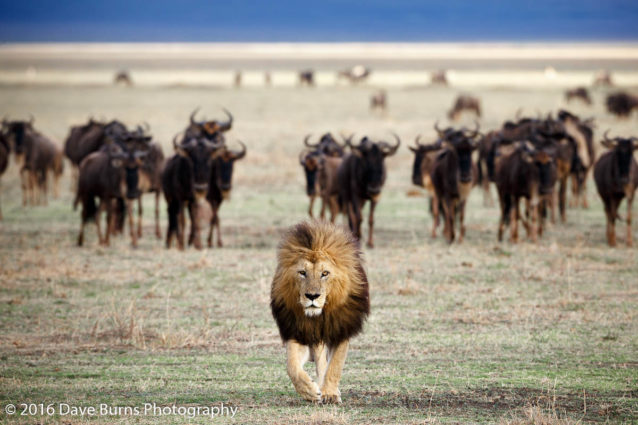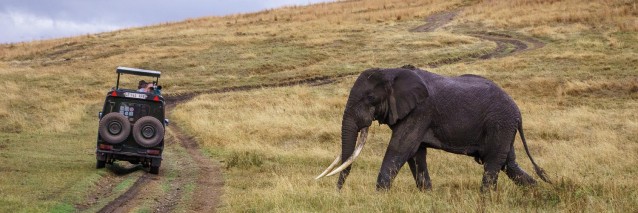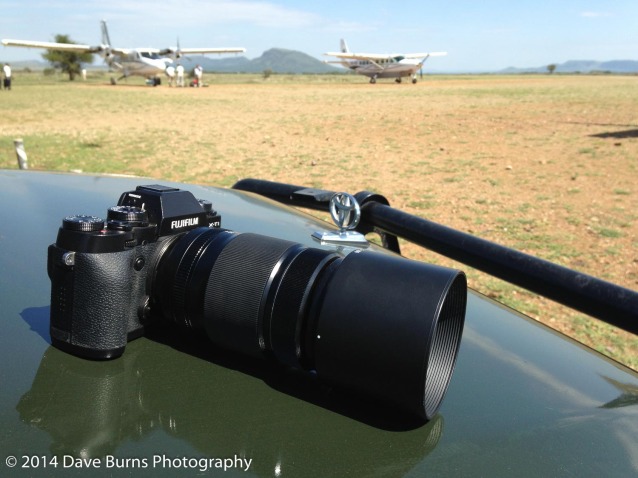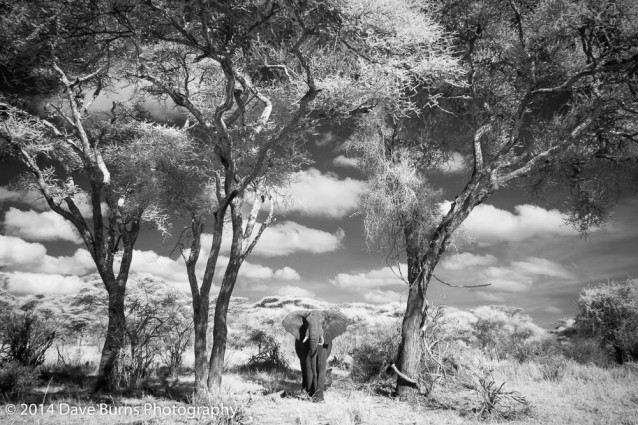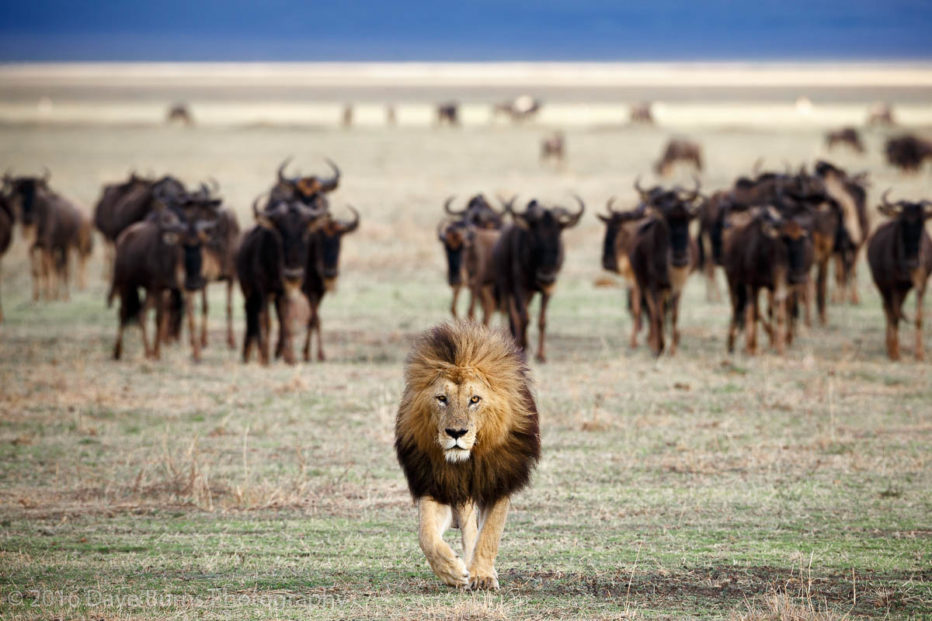
Amazing Price on My 2019 Safaris!
See the Serengeti in 2019
If you’ve always been excited about a trip to Africa but the price has been out of reach, I have great news. I am able to keep my 2019 safari prices low again with the same high quality guides and lodging. An 11-day safari to Tanzania’s best wildlife spots is just $5,880 in February and $6,075 in July and October. That’s more than 30% off the typical price for safaris of this quality.
You don’t need to be a hardcore photographer to join us on this special safari experience; you just need to want to experience the excitement of watching wildlife up close.
On my February safari, we’ll spend 2 nights in Tarangire, 2 nights at the Ngorongoro Crater, 3 nights in the southern Serengeti, and finish with 2 nights in the central Serengeti. Highlights in February will be new zebra foals and wildebeest calves. Click here for details.
On my July and October safaris, we’ll spend 2 nights in Tarangire, 2 nights at the Ngorongoro Crater, 3 nights in the central Serengeti, and wrap up with 2 nights in the Serengeti’s north. Highlights in July are cooler temperatures and a chance to see the wildebeest herds cross the Mara River. In October, the dry season means the wildlife in Tarangire must come down to drink at the Tarangire River, the only water source in the park which makes it easier for us – and predators – to see them. Click here for details on the July safari and click here for details on the October safari.
If you are at all interested in joining us for an incredible experience, contact me asap at info@daveburnsphoto.com.
Safari njema,
Dave Burns

